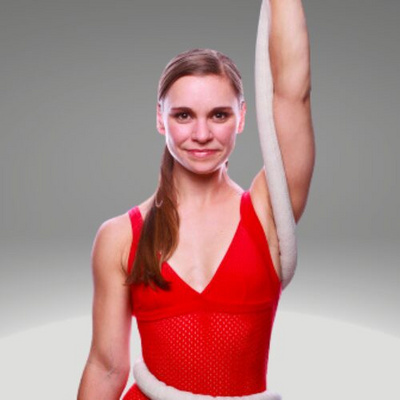Break the Divide. Change Your Molecules with Circus: A Conversation with Programmer Monique Martin
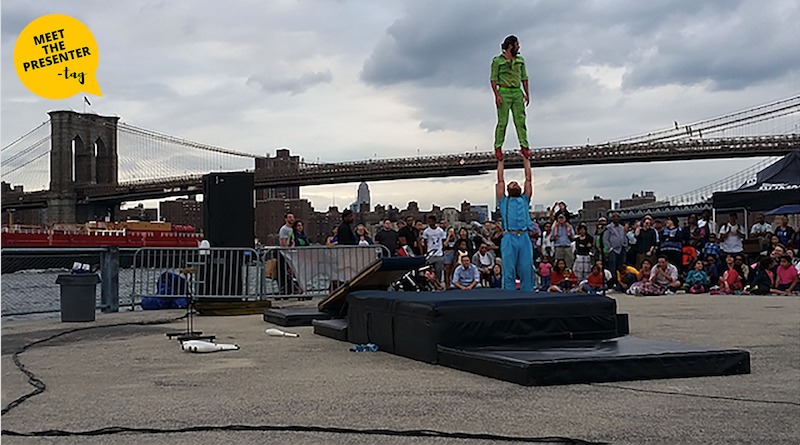
In our new series called Meet the Presenter-Tag, we explore the world of circus arts programming with different presenters and programmers from around the world, delving in to the particulars of their region, and learning more about their specialty and the industry standards that they help to develop. At the end of each featured interview with the presenter, we will ask them to recommend the next presenter or programmer to be featured.
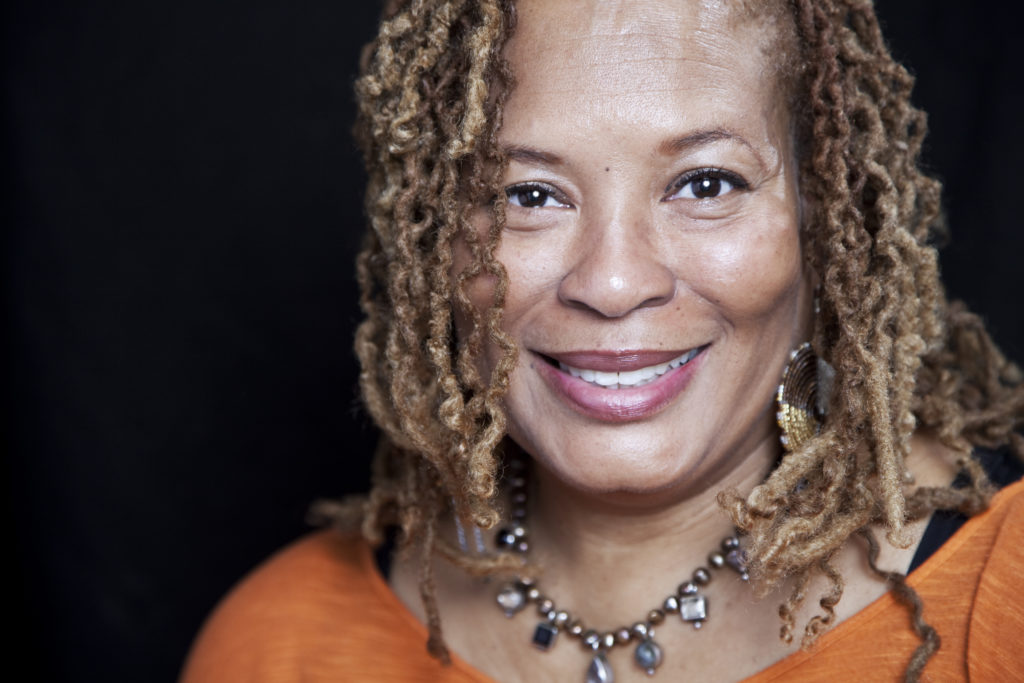 It made my day to speak with Monique Martin, Director of Programming, at Harlem Stage. We spoke at length about her role as a contemporary circus advocate, the art form, economics, and audiences. Martin has brought contemporary circus to NYC’s Summer Stage program, has created touring connections for international companies with North American programmers and is dedicated to making circus accessible. If there’s anything to know about Martin, it is that presenters like her are a vital link in the progress of North American contemporary circus.
It made my day to speak with Monique Martin, Director of Programming, at Harlem Stage. We spoke at length about her role as a contemporary circus advocate, the art form, economics, and audiences. Martin has brought contemporary circus to NYC’s Summer Stage program, has created touring connections for international companies with North American programmers and is dedicated to making circus accessible. If there’s anything to know about Martin, it is that presenters like her are a vital link in the progress of North American contemporary circus.
Madeline Hoak: Let’s start at the beginning. Who are you, how did you get here and what’s your relationship to contemporary circus?

Monique Martin: I am Monique Martin, and I am the Director of Programing here at Harlem Stage. This is a new position for me. I’ve been here for almost two years. Prior to my post here, I was with Summer Stage for ten years, and it was during my time at Summer Stage that I was introduced to contemporary circus. Actually,re-introduced to circus because, as I fell in love with one company — which was The 7 fingers, which is one of my favorites — in my research I realized that Gypsy Snider is from the Bay area, where I’m from, and my family went to see her family’s Pickle Family Circus. So I actually grew up seeing street performers, public art and circus. So this idea of public performance and accessible performance was something that really resonated with me.
I was introduced to contemporary circus through the Quebec government and traveling to Montreal Complètement Cirque Festival. There was support for North American presenters to help us understand this art form and experience this festival. I went up in 2011, and fell in love with the form. I met exciting programmers from around the world, and the North American cohort [of programmers] was able to network and talk about it. I learned from those who had already done it. I was literally was on fire. So from there, I was on a quest to gobble up everything I could and travel to see work.
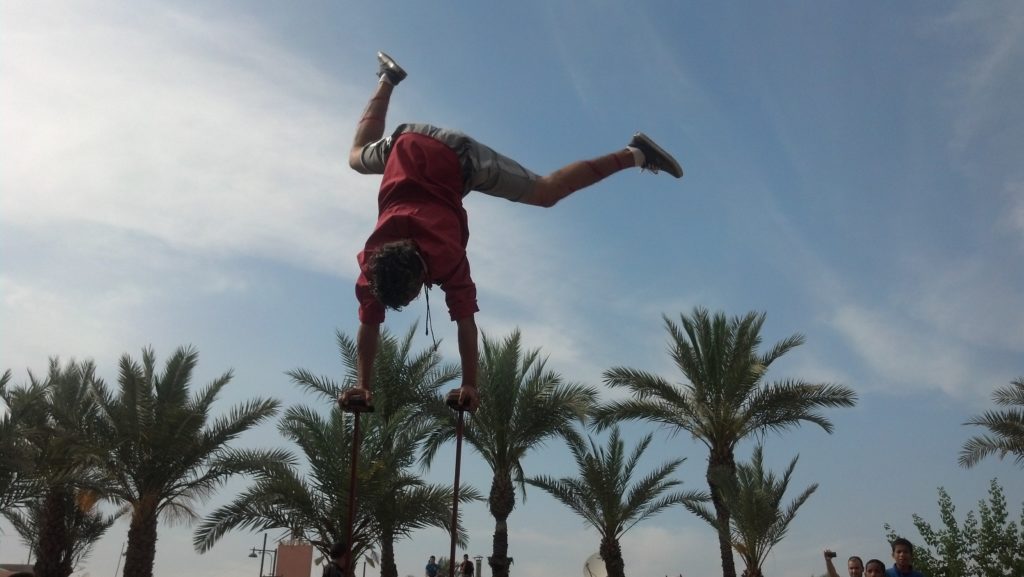
In 2012, I wrote a grant to research circus in London….I traveled to Paris for a circus festival. There I met a producer from Morocco and traveled to his festival. In a very short amount of time I was seeing a lot of circus…In 2013, I introduced circus to Summer Stage. I presented Race Horse Company from Finland at Marcus Garvey park in Harlem, which was fabulous…, [and] North American artists because I always wanted to present artists from here. One, because I was reminded of my own history with the art form with my family and two, I had already presented Bindlestiff Family Cirkus and other artists to do circle shows in Circle Park at the Summer Stage. I never wanted to leave them behind or leave them out of the conversation. So then the word started to get out. There’s this woman who’s dragging people to the circus!
I was very proud to be able to present circus at Summer Stage for free. The leadership there was not supportive. I had to fight for circus. They didn’t see the value in it. Because, I think, it still lacks that understanding.
MH: What are presenters afraid of when they think about booking contemporary circus?
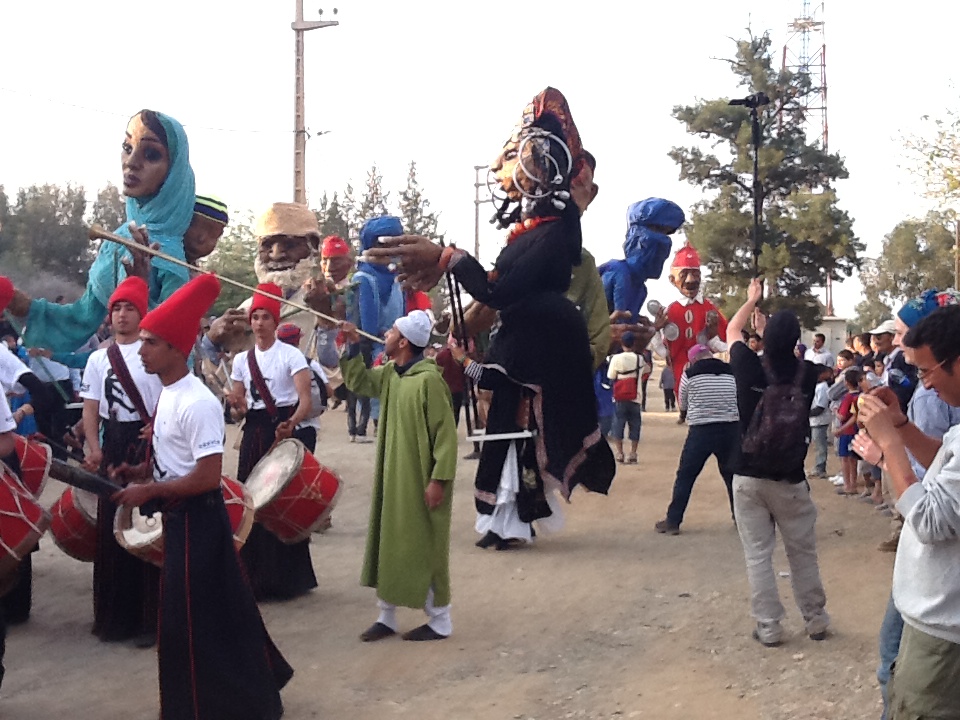
MM: I think a big part of their fear is a lack of understanding of the rigging and of the safety. “What type of insurance do we need to get?” There is a lot of fear around that. It is something that you actually have to just go through. It’s very difficult to explain it to a presenter, or to have their production person talk to the artist because many of the artists are not from here. When you’re receiving technical plans in centimeters and meters and you have to translate it. A lot of folks don’t want to do that heavy lifting.
MH: What smooths the road between presenters, bookers, technicians and artists? What can everybody do to facilitate that conversation?
MM: We still are finding answers to that question. The basic answer is you have to do it. You have to make mistakes and fail and learn from them because that’s going to happen. That is my response to, “How do you get past it?” You have to do it. Don’t do what I did and start with a big show. Do a small show. You can even do a show in your lobby. Or a show in front of your building as people are coming in. There’s so many artists — whether it’s a hula hoop artist or a rope artist or juggler — that can do that.
MH: And circus is versatile enough that it can be put into all those places. That’s great advice, “Just start small.”
MM: And it gives your audience [an introduction to the form], because that’s your 3rd big hurdle: who’s coming? Why would they come? A lot of our presenters are nervous. How do I communicate to my marketing department what this is so they can sell it? That was something coming from Summer Stage I didn’t have to worry about because it’s a free festival. For me that’s where circus belongs… when you see circus around the world it’s for everybody. Economics don’t separate who has access to it, and that’s something that we should try to maintain in some kind of way.
MH: What other differences do you see between American circus and circus abroad?
MM: I feel like devised work and creating new work in this country is very different than it is in other countries because people have gotten ripped off, and we live in a litigious society in this country. In other places we’re all working towards the greater good…that I feel US artists need to figure out a way to contend with. We don’t have the acculturation of generosity in the same way. Circus isn’t respected in this country in the same way it is in other places. A lot of presenters see it only for families and not something that is sophisticated and beautiful and rigorous.
We’ve spent so much effort in creating the delineation between artists and audience…there’s a divide. Circus breaks that divide.
MH: What does circus do for audiences?
MM: It ignites the imagination in young and old. Because of the risk factor I believe it inspires people to take risks. In whatever way, whether that is a physical risk or that is an emotional risk or an intellectual risk. It sets a framework and an atmosphere of pushing past your limitations, and that vibrates thought the audience…that doesn’t mean you’re going to go home and try to do that, but it does change something in your molecular system…it’s just so joyful. In the times that we’re living in this country and around the world of borders and xenophobia and all the -isms, circus is an equalizing art form. It really doesn’t have that hierarchy that you find in other kinds of work. And that for me, is what propelled my advocacy–I just want everyone to experience it. I want people to feel like they’re part of a community… [In circus] you are collectively cheering for the person, especially when they make a mistake. Like when that juggler adds that 7th pin and they drop one. Everybody wants them to win. In other art forms you enjoy it, but you’re not as invested. We’ve spent so much effort in creating the delineation between artists and audience…there’s a divide. Circus breaks that divide.
This is one of the things I love about circus artists. They care so deeply about the audience experience. You leave feeling like it couldn’t have happened without you.
And indeed, circus cannot happen without each element: creators, performers, presenters, spaces and audiences. A huge thanks to Monique Martin for her enthusiasm and dedication to contemporary circus programming in the United States!
Keep your eyes and ears perked for news about Martin’s next project! She is creating her first circus production which centers on black music as medicine, a healing force. Lake Placid Center for the Arts has granted Monique a residency for the production.
Feature photo of Magmanus by the Brooklyn Bridge part of the Summer Stage festival. All photos courtesy of Monique Martin.Editor's Note: At StageLync, an international platform for the performing arts, we celebrate the diversity of our writers' backgrounds. We recognize and support their choice to use either American or British English in their articles, respecting their individual preferences and origins. This policy allows us to embrace a wide range of linguistic expressions, enriching our content and reflecting the global nature of our community.
🎧 Join us on the StageLync Podcast for inspiring stories from the world of performing arts! Tune in to hear from the creative minds who bring magic to life, both onstage and behind the scenes. 🎙️ 👉 Listen now!
